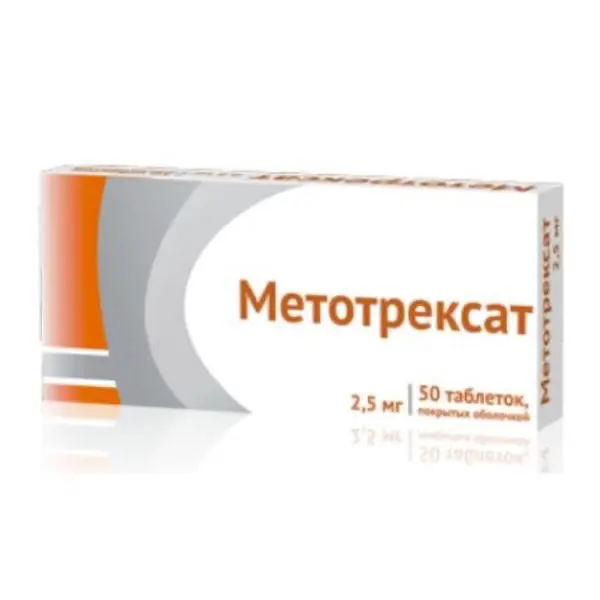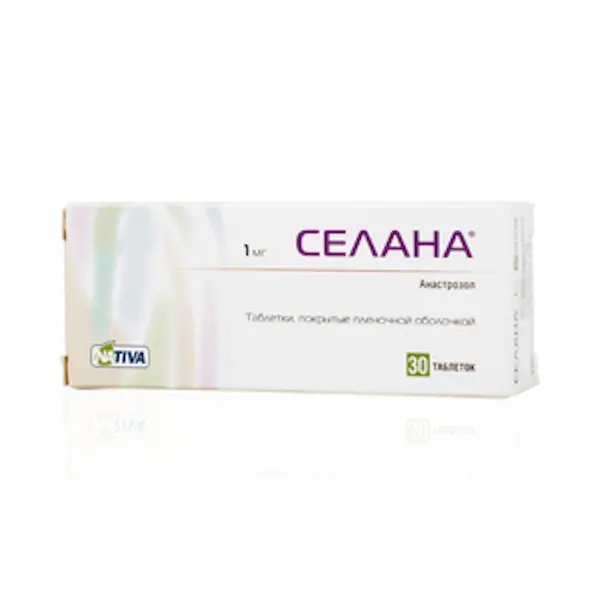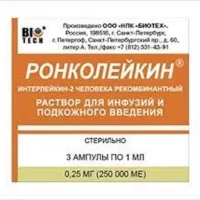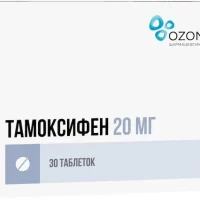Description
Methotrexate Pharmacodynamics
Antitumor, cytostatic agent of antimetabolite group – folic acid analogues. Inhibits dihydrofolate reductase, involved in the reduction of dihydrofolic acid to tetrahydrofolic acid (carrier of carbon fragments required for the synthesis of purine nucleotides and their derivatives). Inhibits synthesis, DNA repair and cellular mitosis (in the synthesis phase). Tissues with high cell proliferation are especially sensitive to the action of methotrexate: tumor tissue, bone marrow, mucosal epithelial cells, embryonic cells. When the cell proliferation of malignant tissue is greater than in most normal tissue, methotrexate can lead to disruption of malignant growth without irreversible damage to normal tissue.
The mechanism of action in rheumatoid arthritis is unknown; perhaps this action is due to the immunosuppressive properties of methotrexate.
In patients with rheumatoid arthritis, methotrexate reduces symptoms of inflammation (pain, swelling, stiffness), but there are limited studies on the long-term use of methotrexate (regarding the ability to maintain remission in rheumatoid arthritis).
The growth rate of keratinocytes in psoriatic plaques is increased in psoriasis compared to normal skin cell proliferation. This difference in cell proliferation is the basis for the use of methotrexate to treat psoriasis.
Indications
– Supportive therapy for acute lymphoblastic leukemia;
– Non-Hodgkin’s lymphomas;
– trophoblastic tumors;
– Mycosis fungoides (advanced stages);
– rheumatoid arthritis in adults;
– Juvenile arthritis in the form of polyarthritis, in the absence of a response to therapy with nonsteroidal anti-inflammatory drugs (NSAIDs);
– Adult severe psoriasis when there is no response to other therapies, including phototherapy, PUVA therapy, retinoid therapy.
Contraindications
– Hypersensitivity to methotrexate and/or any other component of the drug;
– Severe renal impairment (creatinine clearance less than 30 ml/min);
– severe liver function impairment (serum bilirubin over 5 mg/dl (85.5 mmol/l));
– history of hematopoiesis disorders (in particular, bone marrow hypoplasia, leukopenia, thrombocytopenia or clinically significant anemia);
– Severe acute or chronic infectious diseases, such as tuberculosis and HIV infection;
– Excessive use of ethanol;
– immunodeficiency syndrome;
– concomitant vaccination with live vaccines;
– ulceration of the oral mucosa, gastrointestinal tract in the active phase;
– pregnancy;
– Breast-feeding period;
– children under 3 years of age;
– concomitant use of methotrexate at a dose of 15 mg/week or more with acetylsalicylic acid;
– Sucrose/isomaltase deficiency, fructose intolerance, glucose-galactose malabsorption (due to the presence of sucrose in the drug).
Dosage and administration.
- Inside, 1 hour before or 1.5-2 hours after a meal, without chewing. Doses and duration of treatment set individually.
- Methotrexate is used in low doses as monotherapy or in combination with other cytotoxic agents, hormonal therapy, radiation therapy and surgery to treat a wide range of neoplastic diseases, so doses and treatment regimens may vary significantly. High doses of methotrexate (more than 30 mg/m2 PPT) are usually administered by intravenous infusions lasting no more than 24 hours.
- Maintenance therapy for acute lymphoblastic leukemia
Maintenance therapy at a dose of 15 mg/m2 body surface area (BSA) twice weekly. A dose of 2.5 mg/kg every 14 days as part of combination therapy may also be used for maintenance therapy. - Non-Hodgkin’s lymphoma (as part of combination therapy)
– 15-20 mg/m2 (PPT) in 1 dose 2 times a week;
– 7.5 mg/m2 (PPT) daily for 5 days. - The treatment is carried out in several courses with an interval of 7-10 days. The recommended dose of Methotrexate in the treatment of Burkitt’s lymphoma (stages I and II) is 10 to 25 mg/day orally for 4 to 8 days. Treatment may consist of multiple courses separated by break periods of 7 to 10 days. In stage III Burkitt’s lymphoma, Methotrexate is usually used in combination with other antitumor drugs.
- The recommended dose for treatment of stage III lymphosarcoma is 0.625 to 2.5 mg/kg/day in combination with other antitumor drugs.
- Trophoblastic tumors
15 to 30 mg orally, daily for 5 days at intervals of one or more weeks (depending on signs of toxicity). Treatment courses are usually repeated 3 to 5 times. 50 mg once every 5 days at intervals of at least 1 month. A course of treatment requires 300-400 mg. - The effectiveness of therapy is usually evaluated by measuring the concentration of chorionic gonadotropin in the urine every 24 hours.
- Fungal mycosis (cutaneous T-cell lymphoma)
5-50 mg once weekly. Dose reduction and discontinuation of therapy according to hematological parameters and clinical condition of the patient. - Rheumatoid arthritis.
The initial dose is usually 7.5 mg once weekly, which is taken once daily. The therapeutic effect is achieved within 6 weeks, with improvement in the patient’s condition occurring after an additional 12 weeks of using the drug or more. If there is no response to therapy after 6-8 weeks and there are no toxic symptoms, the drug dose may be gradually increased by 2.5 mg per week. Usually the optimal dose is 7.5 to 15 mg, and the dose should not exceed 20 mg per week. - If there is no response to therapy after 8 weeks of using the drug at the maximum dose, methotrexate should be discontinued. If a response to therapy is achieved, the maintenance dose should be reduced to the lowest possible dose. Optimal duration of therapy is currently unknown, but preliminary data show that the effect obtained is maintained for 2 years with continued use of the drug at a maintenance dose. After discontinuation of therapy, symptoms may return within 3-6 weeks.
- Recommended dose in children and adolescents with juvenile chronic arthritis in form of polyarthritis is 10-15 mg/m2 of body surface area per week. In refractory cases to therapy, the weekly dose of the drug can be increased to 20 mg/m2 body surface area per week. However, if the dose is increased, an increase in the frequency of patient monitoring is also indicated.
- Patients with juvenile chronic arthritis should always be referred to a rheumatology department specializing in pediatric/adolescent therapy.
- Psoriasis
Methotrexate therapy is given in doses of 7.5 to 25 mg once weekly or alternatively, the planned weekly dose may be divided into 3 doses 12 hours apart. The dose is usually increased gradually; when optimal clinical effect is achieved, dose reduction is initiated until the lowest effective dose is achieved. - Methotrexate for therapy of rheumatic diseases or skin diseases should be used only once a week!
- Improper use of methotrexate may lead to the development of serious undesirable effects, including death.
- Patients with significant renal dysfunction require dose adjustment depending on creatinine clearance (in creatinine clearance 30-50 ml/min the dose is reduced by 50%, in creatinine clearance less than 30 ml/min methotrexate should not be used). In patients with significant liver dysfunction
Methotrexate should be used with caution. Methotrexate should not be used if plasma bilirubin concentration is more than 5 mg/dL (85.5 µmol/L). - Elderly patients (over 65 years of age) may need to reduce doses of methotrexate, as liver and kidney function deteriorates with age.




